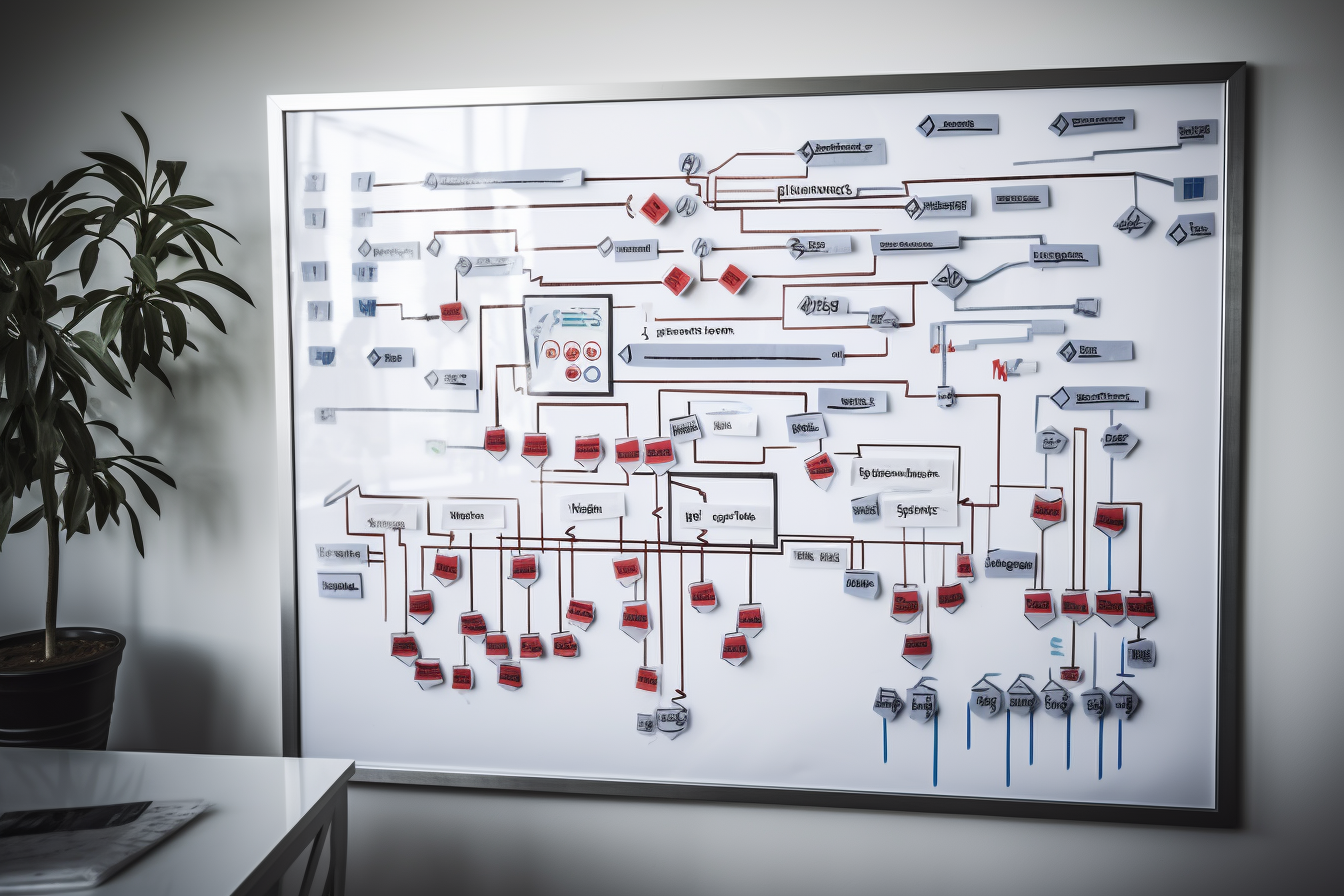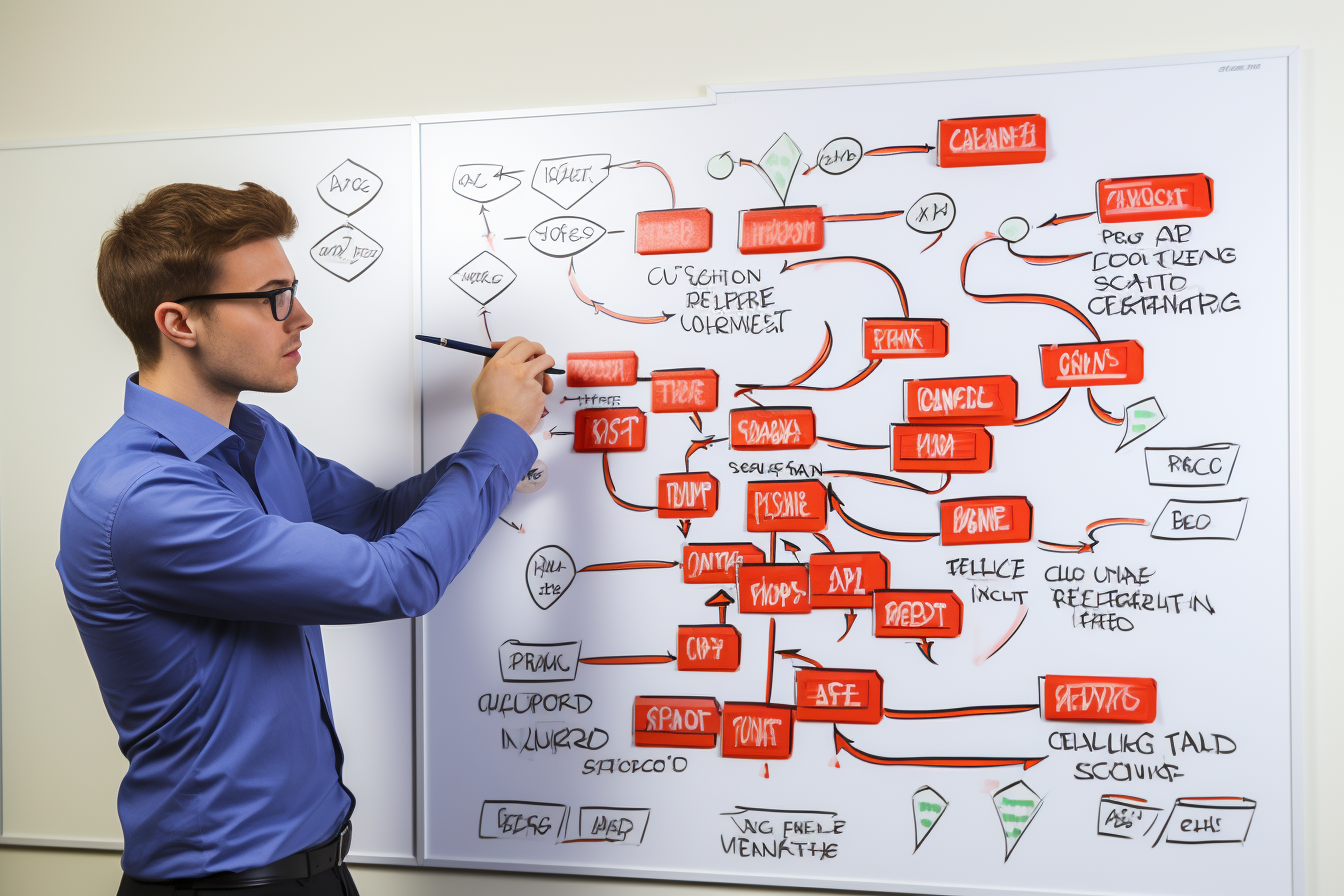Effective Performance Plan Examples: Showcase
You’re eager to boost your team’s productivity. It’s time you learned about performance plans. They’re essential tools to help your team reach its full potential.
In this article, we’ll explore performance plans and how to create them effectively, and we’ll even dive into some real-world examples.
Don’t let common mistakes trip you up. We’ve got you covered. Ready to supercharge your team’s performance? Let’s get started!
Table of Contents
Understanding the Concept of Performance Plans

You’ve got to grasp that a performance plan is a systematic process to improve an employee’s job performance. It’s not just about pointing out flaws. It’s a tool for growth designed to align an individual’s work with the company’s overall objectives.
In a performance plan, you define clear, achievable goals. You don’t set unrealistic expectations. You identify areas for improvement but also recognize strengths. You provide resources and support to help your employees meet these goals.
Critical Components of an Effective Performance Plan
While you’re crafting an effective performance plan, it’s crucial to understand the key components that will drive success and foster growth in your employees.
Firstly, you’ve got to set clear and measurable objectives. Your employees should know what’s expected of them.
Secondly, align these goals with your company’s mission and vision. It’ll help your team understand their role in the bigger picture.
Next, outline the responsibilities for each task and ensure they’re attainable. Don’t forget to include a feedback mechanism; it’s a vital element. This will allow you to review performance and make adjustments where necessary.
Lastly, incorporate a development plan that promotes skills advancement. Remember, a well-designed performance plan isn’t just about monitoring productivity; it’s also about employee growth.
How to Develop a Robust Performance Plan

To develop a robust performance plan, you’ll need to incorporate at least five key elements:
- Clear objectives: Establish measurable objectives directly linked to the company’s goals. This ensures that your plan is relevant and impactful.
- Alignment with company goals: Ensure that your performance plan aligns with the company’s overall goals. This will help drive performance in the right direction.
- Defined responsibilities: Outline each team member’s responsibilities. Everyone should know what they’re accountable for. This clarity promotes productivity and accountability.
- A feedback mechanism: Implement a feedback mechanism. It’s crucial to have a system for regular, constructive feedback. This allows for continuous improvement and ensures that performance is monitored and addressed.
- A development strategy: Don’t forget a development strategy. This includes training and resources for improvement. It’s essential to provide opportunities for growth and development within the performance plan.
Real-World Examples of Successful Performance Plans
Drawing from real-world scenarios, you’ll now explore successful performance plans and gain a better understanding of their practical application.
Consider Google’s OKR (Objectives and Key Results) system. It’s designed to set, track, and achieve ambitious goals. It’s been successful as it aligns employees’ efforts towards a common objective.
Another example is Johnson & Johnson’s Individual Performance Standards program. Individual goals are tied to organizational priorities, promoting efficiency and accountability.
Lastly, look at General Electric’s Session C planning system. It’s a rigorous process focusing on employee growth and fostering a culture of continuous learning.
Common Pitfalls in Performance Planning and How to Avoid Them

Despite careful planning, you’re often prone to common pitfalls during the performance planning process, but understanding these errors can help you avoid them in the future.
One significant pitfall is setting vague goals. Making your objectives SMART – Specific, Measurable, Achievable, Relevant, and Time-bound would be best.
Neglecting to include employees in the planning process is another standard error. Your team’s input is valuable, and their involvement can significantly improve the plan’s effectiveness.
Finally, don’t forget to monitor and adjust your plan as needed. Performance planning isn’t a set-it-and-forget-it task; it’s an ongoing process.
Frequently Asked Questions
What is a performance improvement plan (PIP)?
A performance improvement plan (PIP) is a structured and formal process employers use to help employees improve their work performance. It is typically used when an employee’s performance is below expectations or when they are struggling to meet performance goals.
What should be included in a performance improvement plan?
A performance improvement plan should include specific goals for improvement, measurable objectives, a timeline, and any resources or support that will be provided to help the employee meet expectations. It should also outline any consequences or next steps if the employee fails to meet the plan’s requirements.
How should a performance improvement plan be written?
A performance improvement plan should be written clearly and concisely, outlining the employee’s current performance issues, the specific goals and objectives of the project, and the actions that need to be taken to improve performance. It should also include a deadline for improvement and a metric to measure progress.
What is the purpose of a performance plan template?
The purpose of a performance plan template is to provide a framework for creating a performance improvement plan. It helps employers outline the plan’s necessary components, ensuring that all relevant information is included and consistent across different employees or situations.
What role does performance management play in a performance improvement plan?
Performance management is setting performance expectations, assessing performance, providing feedback, and taking action to improve performance. It is a critical component of a performance improvement plan, as it guides the overall process and ensures that performance goals are aligned with the organization’s objectives.
How does a Performance Improvement Plan work?
A Performance Improvement Plan typically involves a series of steps. First, the employer identifies and discusses the performance issues with the employee. Then, an action plan is created, outlining measurable goals and ways to improve employee performance. The employee is given a designated timeframe to show improvement, and regular check-ins are conducted to monitor progress.
What should be included in a Performance Improvement Plan?
A Performance Improvement Plan should include a clear description of the performance issues, specific goals and expectations, a timeframe for improvement, and any support or resources the employee may need to succeed. It should be actionable and provide examples to help employees understand what they need to do to improve.
Conclusion
In wrapping up, remember creating a performance plan isn’t tricky. Understand the concept, know the key components, and develop one effectively.
Learn from successful real-world examples and sidestep common pitfalls. With a robust performance plan, you’re paving the path toward achieving your goals.
So, don’t delay! Start drafting your performance plan today and set the stage for success.













